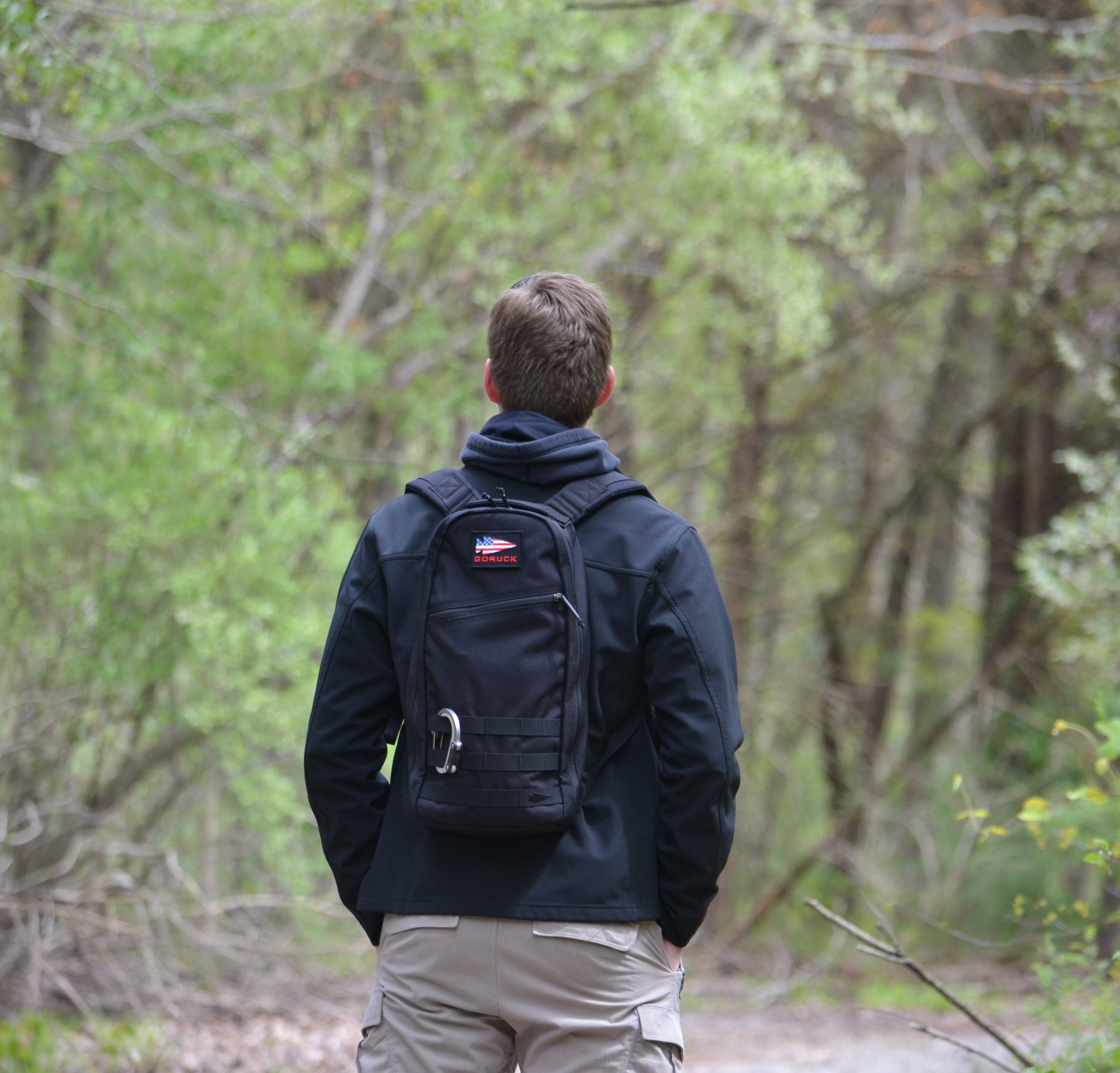A toggle rope is an easily made, highly versatile tool that can come in handy for all kinds of bush craft tasks. Finding popularity with British Commandos in WW2, the toggle rope makes a great outdoor multi-tasker when not in use on the battlefield. In this post, I will share a brief history of the toggle rope, how to make your own, and how to use one for a multitude of outdoor tasks.
HISTORY
The toggle rope was used by British commandos in WW2, as detailed in the video above. Each man was issued with a piece of rope, approximately 6ft long, with a loop in one end and a toggle stick spliced in the other. Once the toggle was slipped through the loop, it wouldn’t slip out due to its width. Soldiers would wear these ropes wrapped around their torso when not in use. When a company needed to cross a body of water, scale a cliff, climb a wall, etc. they would join all of their toggle ropes together to make one long rope. This meant that they didn’t have to sacrifice agility in order to carry around large quantities of rope.
Nowadays, the toggle rope has found favor among bush crafters and outdoorsmen. Used for suspending pots over a fire, putting up a tarp shelter, or hanging your pack off the ground, a toggle rope is a versatile addition to any kit. I’ll give a list of uses in a minute, but first, let’s see how you can make your own toggle rope.

CONSTRUCTION
All you really need to make your toggle rope is a knife, a green stick, and a piece of rope. Start constructing your toggle rope by carving a ‘V’ notch in the middle of your stick. Next, tie your rope onto this notch (the notch helps ensure the rope won’t slide). After your stick is tied on to one end, go to the other end of the rope and tie a fixed loop (a figure-eight knot is perfect for this).
That’s it! You now have a fully functional toggle rope. If you like, you can shave a little off the ends of the stick so that it passes through the loop a little easier. Keep on reading to see how to use your toggle rope!

USES
- Hang your pack off the ground. Wrap your toggle rope around a tree, pass the toggle through the loop, and then the top handle of your back pack. Alternately, you can throw your toggle rope over a branch, pass the toggle through the loop, and then through the handle or your pack.
- Carry fire wood. Lay your toggle rope on the ground, stack your wood on top of it, and then wrap your rope around the pile, passing the toggle through the loop. This gives you a nice handle to carry your wood.
- Guy out your tarp. Pass the toggle through the tie out loop/grommet on your tarp and either stake down the loop or attach it to a nearby tree to achieve your desired tarp configuration.
- Hang your pot over a fire. If your pot has a bail (curved wire handle over the pot), you can pass the toggle through the pail and attach the loop to a tripod, etc. above the fire in order to hang your pot. (See illustration below).
- Reverse mono pod. Perhaps one of the most unique uses of the toggle rope is to stabilize a camera or hunting rifle. By attaching the loop to your camera or gun and stepping on the toggle, you create what is called a ‘reverse mono pod.’ Instead of resting your gun on a traditional mono pod, you are pulling it up against the toggle, creating a tension that keeps it from wavering up and down. A toggle rope is a compact way to help make those longer shots.
- Hang a lantern, trash bag, etc. Similar to hanging your pack, you can hang all kinds of things with a toggle rope. String up a lantern, a trash bag, a chem-light, or any thing else that needs to be suspended.
- What can you come up with? These are just some uses to get you started in using a toggle rope. The applications of this simple contrivance are limited only by your imagination!

